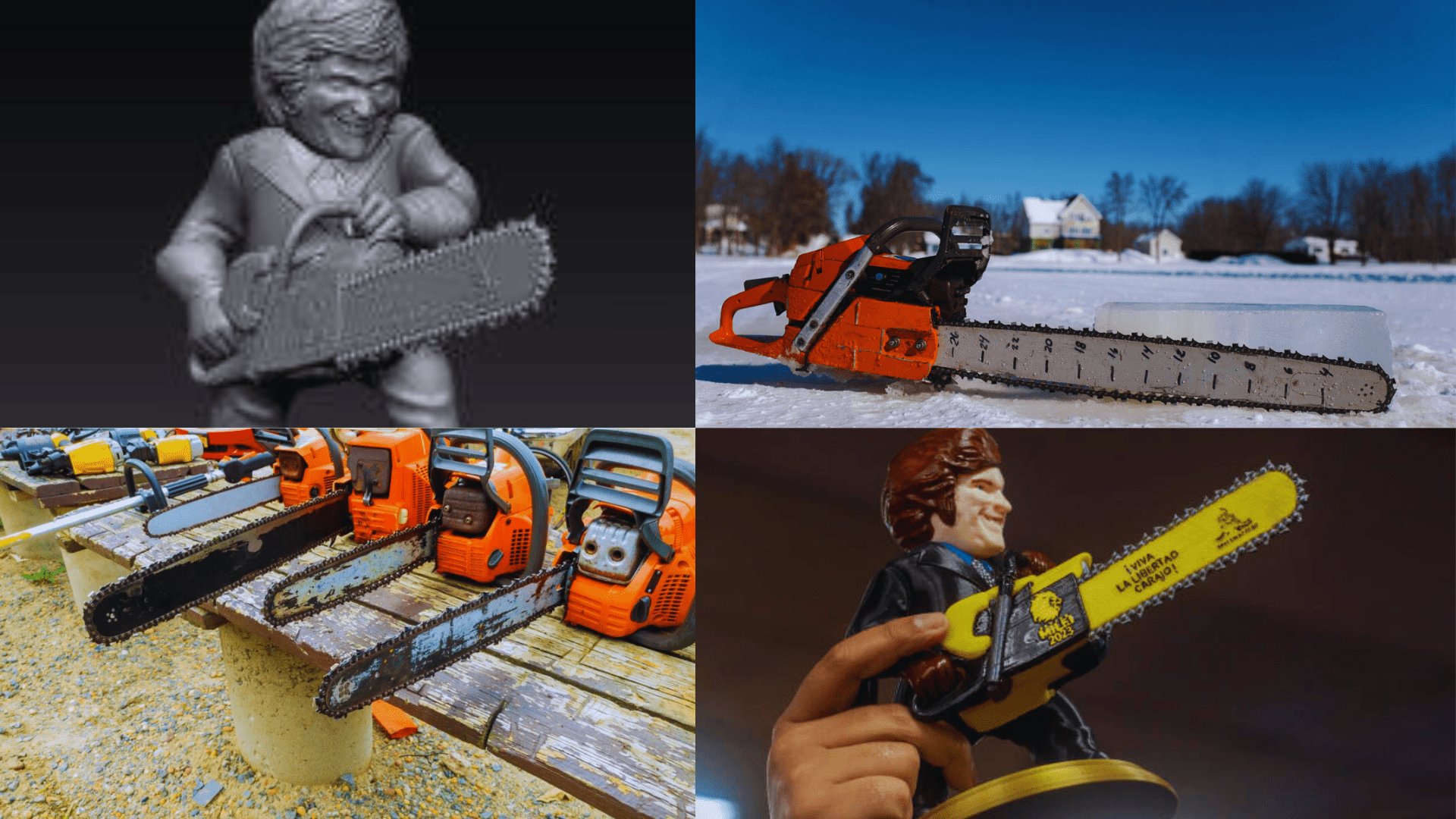The Origin Story
Chainsaws, now commonly associated with forestry, construction, and horror movies, were originally invented with a vastly different purpose. In the late 18th century, two Scottish doctors, John Aitken, and James Jeffrey, developed the prototype for the chainsaw. The invention was not intended for tree cutting but rather as a surgical tool to aid childbirth, specifically for symphysiotomy and the excision of diseased bone. The device was designed to cut through bone more efficiently and with less trauma than traditional methods, which was particularly useful in cases where babies were stuck in the birth canal. Over time, this medical tool evolved into the chainsaw we are familiar with today, using it primarily in the timber industry and various other applications.
Early Designs and Innovations
The Osteotome
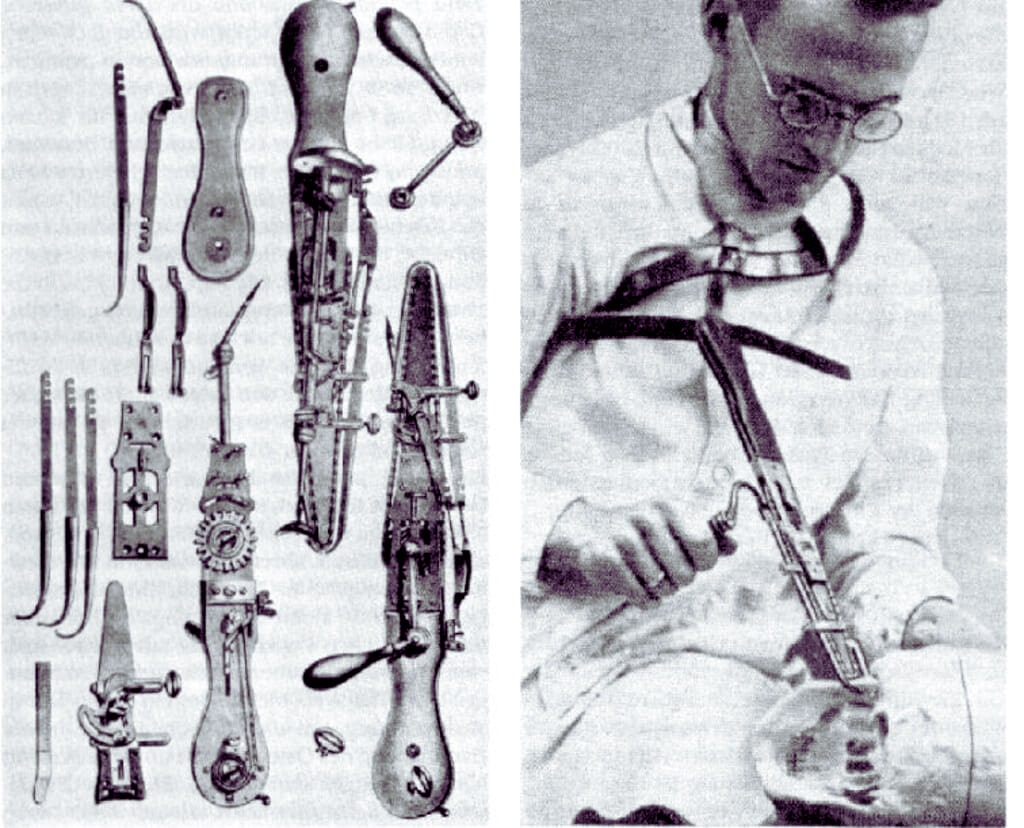
The chainsaw, widely recognized today for its role in forestry and construction, originated from a medical instrument known as the osteotome. This bone-cutting tool was invented in the early 19th century, with its design aimed at surgical applications, specifically to cut through human bone efficiently and cleanly. The osteotome marked a significant advancement in medical surgery, offering a less traumatic and more precise method for bone cutting compared to earlier techniques. German orthopaedist Bernhard Heine is credited with the creation of the osteotome in 1830. Heine’s invention laid the groundwork for the development of the modern chainsaw, as his device utilized a chain with cutting teeth that moved around a guiding blade, a principle that remains at the heart of chainsaw mechanics today.
Chainsaw Evolution
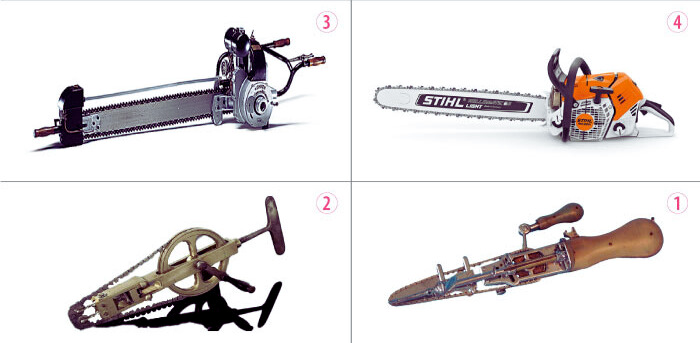
The evolution of the chainsaw is a fascinating journey from a medical instrument to a pivotal tool in forestry and construction. Initially invented in 1830 by German orthopaedist Bernhard Heine, the chainsaw’s precursor, the osteotome, was designed for cutting bone. This early design laid the foundation for the development of chainsaws as we know them today.
The first portable chainsaw was patented in 1918 by Canadian James Shand, marking a significant advancement towards the modern chainsaw. However, it was not until the 1920s that chainsaws began to be developed for timber production, drastically increasing efficiency in the industry. Joseph Buford Cox’s invention of the Cox Chipper Chain in 1947, inspired by timber beetle larvae, further revolutionized chainsaw design by improving the efficiency of wood cutting.
The transition from a surgical tool to an indispensable asset in woodcutting showcases the chainsaw’s significant evolution, driven by innovation and adaptation to meet various needs.
The Surprising Medical Beginnings
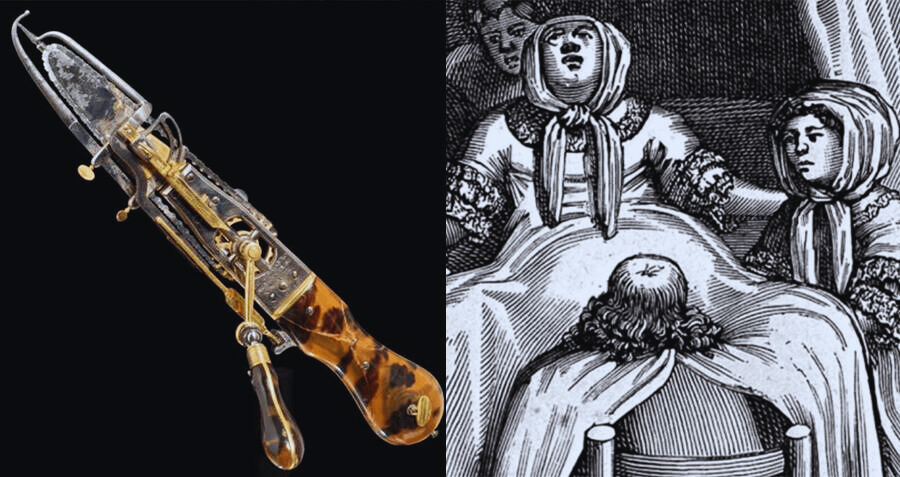
Contrary to what one might expect, the chainsaw was initially invented for use in childbirth. In the late 18th century, specifically the 1780s, the chainsaw was created to assist with a procedure known as a symphysiotomy, an operation aimed at widening the pelvis to facilitate childbirth. This early version was a far cry from the powerful, motorized saws used today. It was a hand-cranked instrument designed to cut through bone, which, at the time, was considered a less invasive option than the alternative surgical methods available for difficult births. The transition from a medical tool to a staple in forestry and woodcutting showcases a remarkable journey of adaptation and technological evolution.
Transition to Woodcutting
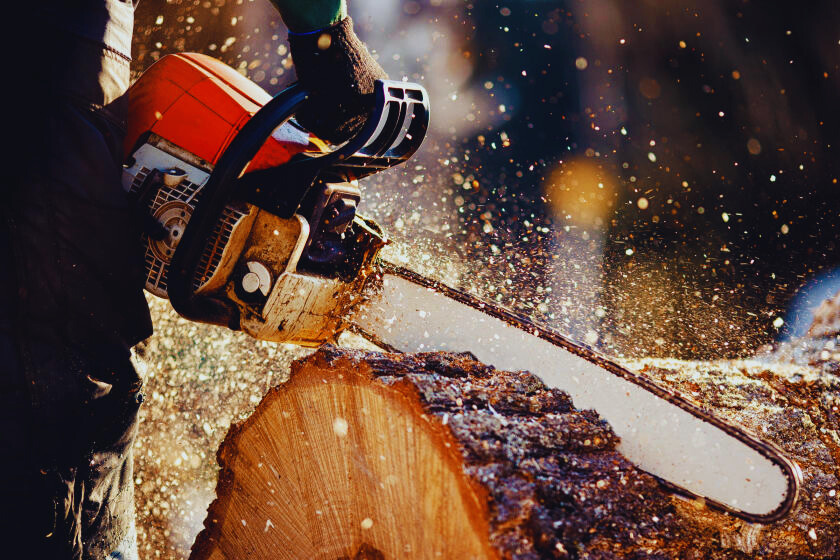
The transition of chainsaws from medical tools to woodcutting devices marks a fascinating evolution in tool use and technology. Initially invented for surgical procedures, including bone surgery, and amputations, and particularly for aiding in childbirth by cutting the pelvic bone, chainsaws underwent a significant transformation. Engineers and inventors recognized the potential of adapting this mechanism for cutting wood, seeing the efficiency it could bring compared to traditional methods using axes and other heavy tools. This insight led to the chainsaw’s evolution into a sophisticated tool for forestry and tree felling, drastically changing how wood was collected and processed. The development of the chainsaw as we know it today showcases a remarkable journey from a medical instrument to an essential tool in the woodcutting and forestry industry.
Technical Advances Over the Years
The Rise of Portable Power
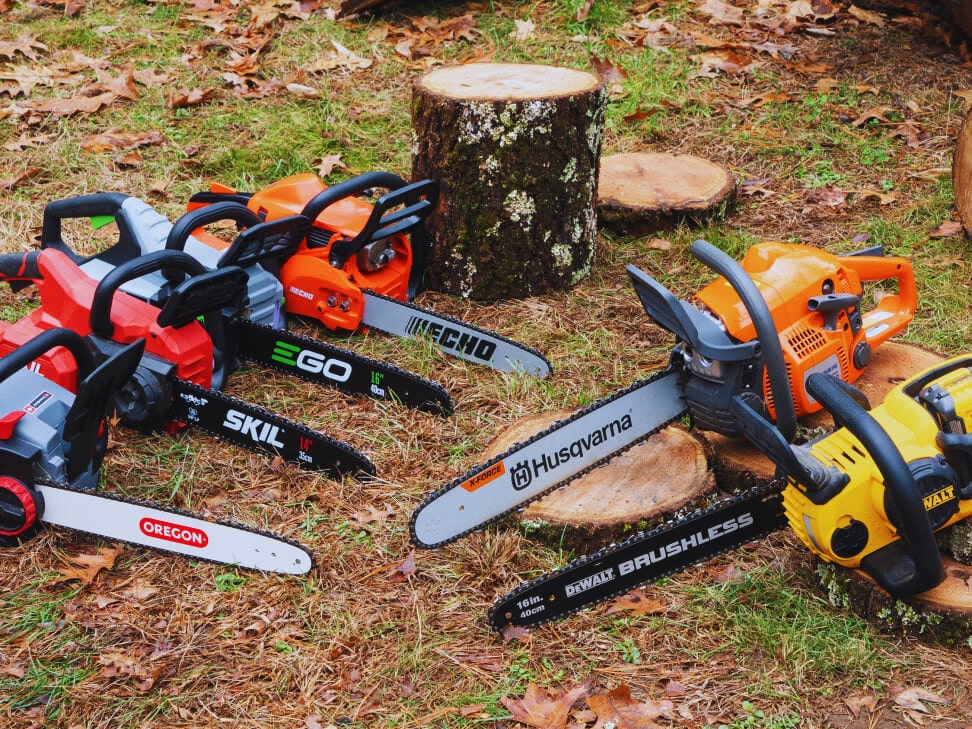
The evolution of chainsaws represents a significant advancement in portable power tools, transitioning from large, cumbersome devices to compact, battery-powered units. Initially, chainsaws were significant and powered by gas, limiting their portability and usability in various settings. Over the years, technological innovations have led to the development of lighter, more efficient chainsaws that are easier to handle and operate.
A pivotal advancement came with the introduction of battery-powered chainsaws, which eliminated the need for gas and reduced the tool’s overall weight and noise levels. These battery-operated models benefit from advancements in battery technology, including improved power output and longer battery life, making them more appealing to both professional and amateur users alike. This shift not only enhances the convenience and environmental friendliness of chainsaws but also opens up new possibilities for their use in various applications, from forestry to gardening.
The market for chainsaws continues to grow, with projections indicating significant increases in market size, underscoring the ongoing demand and innovation in this area.
Conclusion
In conclusion, chainsaws have left an indelible mark on human history. From humble beginnings as surgical tools to indispensable instruments of industry, they’ve shaped the way we interact with the natural world. While their invention has undoubtedly accelerated progress, it’s essential to approach their use with caution and respect for the environment.
Read also: How Old is Reba McEntire?
FAQs
Q. Who invented the first chainsaw?
The first chainsaw-like device was conceptualized by the German orthopedist Bernhard Heine in 1830 to aid in bone surgeries.
Q. What are some common safety features found in modern chainsaws?
Modern chainsaws are equipped with safety features such as chain brakes, kickback guards, and vibration reduction systems to prevent accidents.
Q. Are chainsaws only used for forestry purposes?
No, chainsaws have diverse applications beyond forestry. They’re used in construction, disaster relief, and even artistic endeavors like sculpting.
Q. How have chainsaws impacted the environment?
While chainsaws have facilitated deforestation and habitat loss, efforts are underway to promote sustainable forestry practices and mitigate environmental damage.
Q. Are there regulations governing chainsaw usage?
Yes, many regions have regulations and safety standards in place governing the use of chainsaws. Additionally, training programs educate users on proper handling and maintenance techniques.
